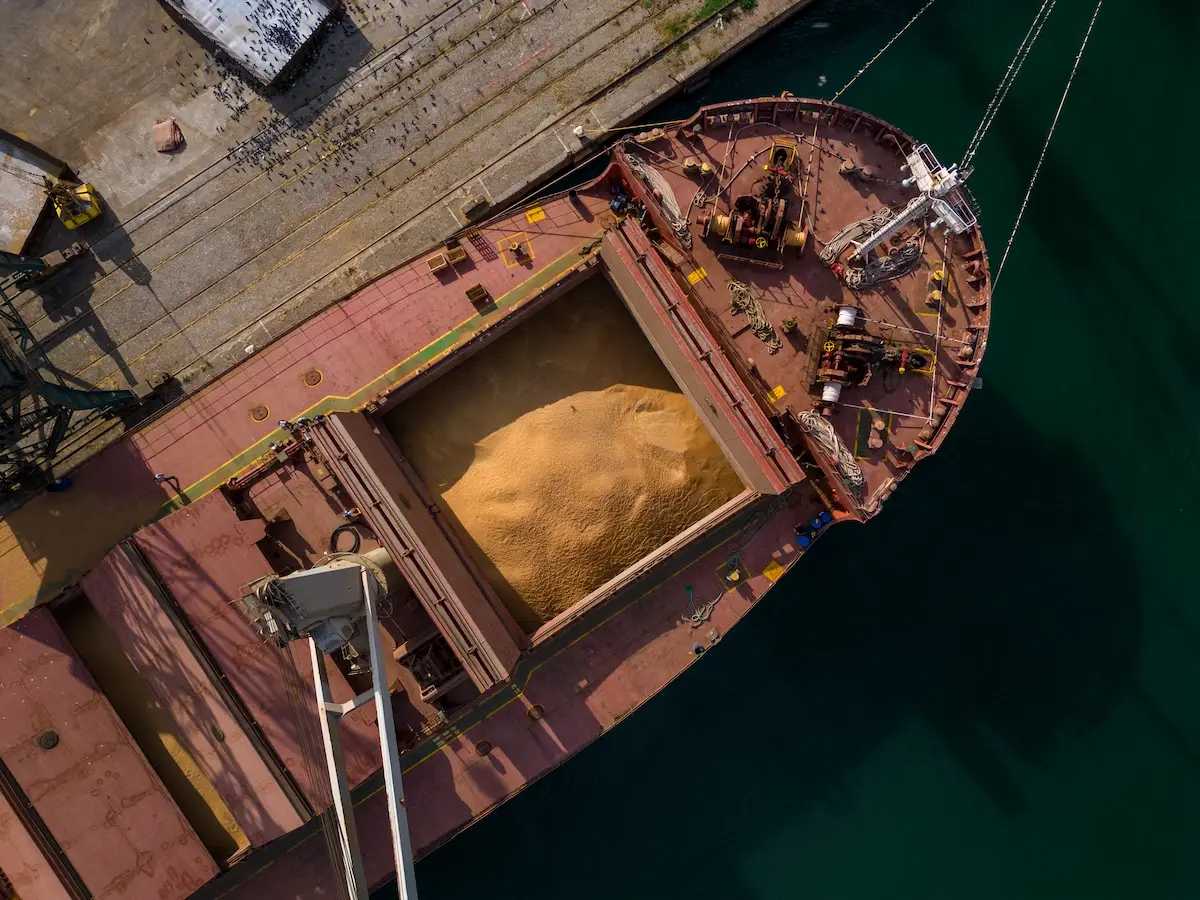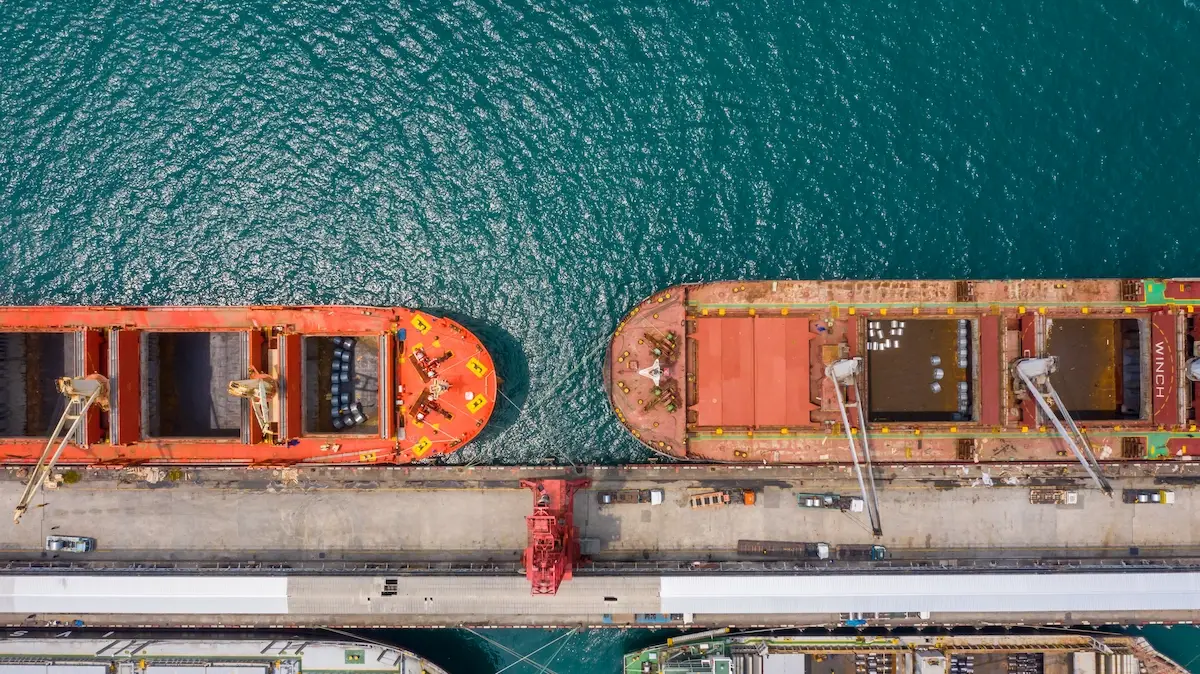
19-08-2025
What Is a Cargo Hold, Function, Types, and Its Parts
When discussing sea freight, you might already be familiar with vessels. These ships load industrial goods, cargo, and humans to go across the sea. Yet, did you know that vessels have an important part called the cargo hold?
A cargo hold is a storage area for keeping the goods and protecting them from extreme weather and sea waves. This article talks about the definition, type, and parts of a cargo hold. So, read the information below!
What Is a Cargo Hold?
A cargo hold is a room for storing containers or goods during the delivery process at sea. A cargo hold is typically 20–40 feet deep, depending on the ship type and goods. This storage is usually placed between the upper and lower hulls. The shape also varies depending on delivery needs. For instance, a tank hold is designed to carry liquids or gases.
Moreover, a cargo hold is one of the crucial parts of a container ship because it can store cargo. As we know, sea freight is preferred because it is faster and more cost-effective in delivering export, import, or industrial goods.
In Indonesia, Badan Pusat Statistik noted that the export value in May 2025 reached USD 24,613.8 million. This value is according to the Free on Board value and reveals that the export activity in Indonesia is still active. Therefore, container vessels are still important.
Read also: 7 Port Functions for the Economy and Trading, Must Note!
Functions of the Cargo Hold

A cargo hold has the main function of storing goods in containers or tanker ships. Yet, it also has some functions as follows:
1. Goods Storage
Ships with holds are used to load cargo and transport it to its destination. Cargo holds are designed to accommodate various types of goods, including solid objects, liquids, food, and other items. These items are strategically arranged in the hold to maximize cargo loading.
2. Allowing Loading and Unloading
Properly loaded goods make loading and unloading more efficient. Moreover, the proper hold design will make it easier for the workers to unload the goods and reduce work safety risk.
3. Stabilizing Ships
Arrangement and distribution of cargo in the holds are important to allow the ship to move stably. If cargo is arranged carelessly, the ship may become unbalanced and risk an accident.
4. Protecting Cargo
The cargo hold also protects cargo from direct sunlight, seawater, storms, wind, and other conditions. In addition, the ship may be rocked by ocean waves. Therefore, cargo in the hold must be arranged properly so that it does not shake or fall out of the hold.
Types of a Cargo Hold
The types of cargo holds are matched with the types of vessels and the loads. Here are some types of cargo holds you can learn:
1. Bulk Hold
A bulk hold carries bulk liquids and is typically used in oil tankers or chemical tankers. The loading cost is usually determined from the weight of the goods, so you must maximize the room usage.
2. Container Hold
Container holds are designed to carry general cargo. Additionally, they are designed to allow you to stack and pile containers. As a result, you can maximize hold space.
Because containers are stacked on top of each other, the vessel's center of gravity can increase significantly. Therefore, heavy containers are placed at the bottom of the hold, followed by lighter containers, with ballast water (water used to maintain the vessel's stability) adjusted accordingly.
3. Tanker Hold
Tanker holds are designed to carry oil and chemical liquids. These holds are also intended to prevent oil or liquids from leaking or spilling outside the vessel despite being rocked by ocean tides.
4. Refrigerated Ship Hold
If you carry goods that must be stored at low temperatures, such as meat and pharmaceutical products, you can use a refrigerated hold. These holds are equipped with a special cooling system that has been adjusted to suit the goods.
Read also: What Is Dock? Definition, Types, & the Difference with Ports
Parts of a Cargo Hold

A cargo hold has some important parts, such as:
- Floor: The floor is designed with anti-slip material to make the vessel stable despite being rocked by the sea waves.
- Cell: Cells are for storing containers or cargo. The cells are made of strong materials to protect the goods in the middle of a swaying journey.
- Ventilation: Ventilation works to maintain the air circulation to prevent the goods from rotting or the air from being too dry or humid.
- Cover: The cover protects the goods from extreme weather, sunlight, and other external influences, as well as making the loading and unloading easier.
When it comes to covers, there are several types depending on the type of cargo. Folding covers have two flat panels that are operated by a hydraulic system. Rolling covers have two panels at each end and are operated by wheels that slide the panels sideways.
Then,the lifting covers are operated using a lifting mechanism. These covers come in two types: single-panel covers and multi-panel covers. Lastly, stackable covers are used for small hatches and are operated using a hydraulic system.
That concludes the information about the cargo holds you can learn. A cargo hold has an important role in storing goods and protecting them during delivery. As a result, the sea freight can run smoothly.
Talking about the sea logistics, Chandra Asri Group offers logistics solutions through PT Chandra Shipping International and PT Marina Indah Maritim. This service is supported by 9 chemical and gas vessels of 106,650 DWT.
If you need chemical logistics services, entrust them to Chandra Asri Group!
Read also: Sustainable Infrastructure: Definition, Dimension, & Benefit